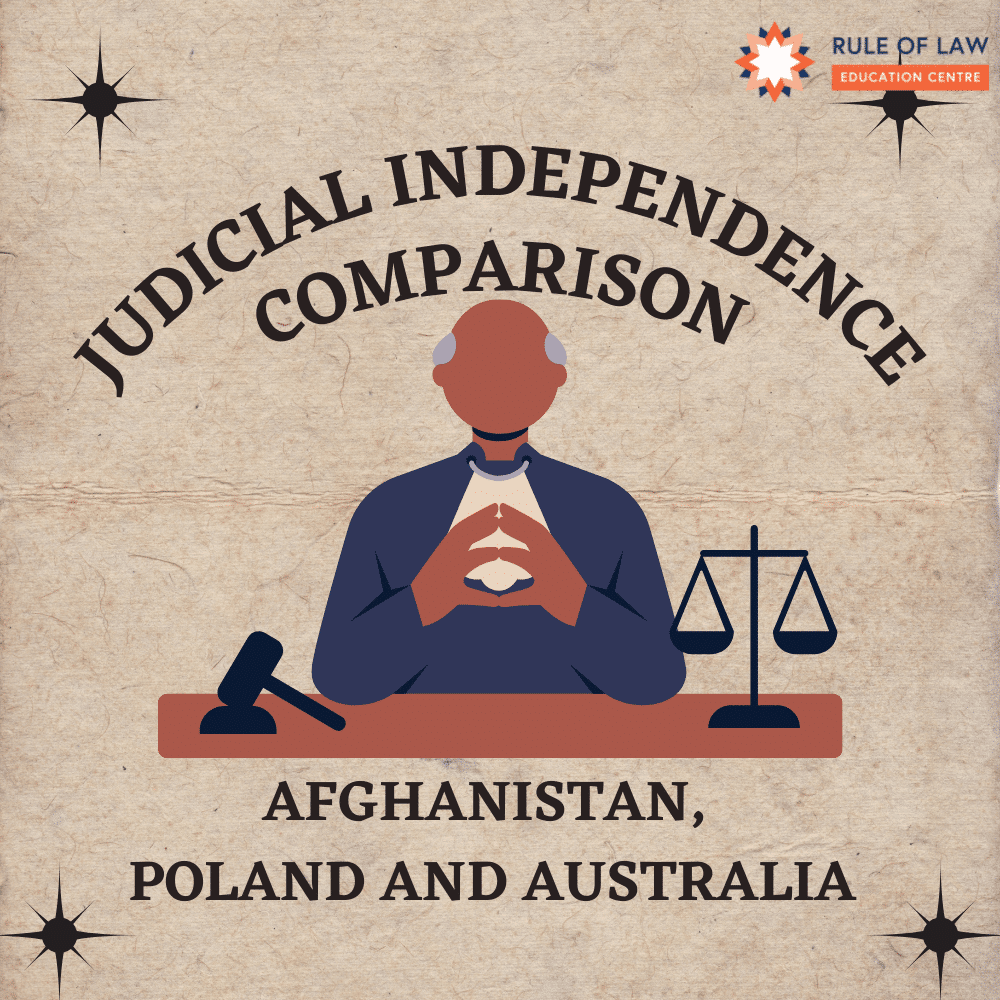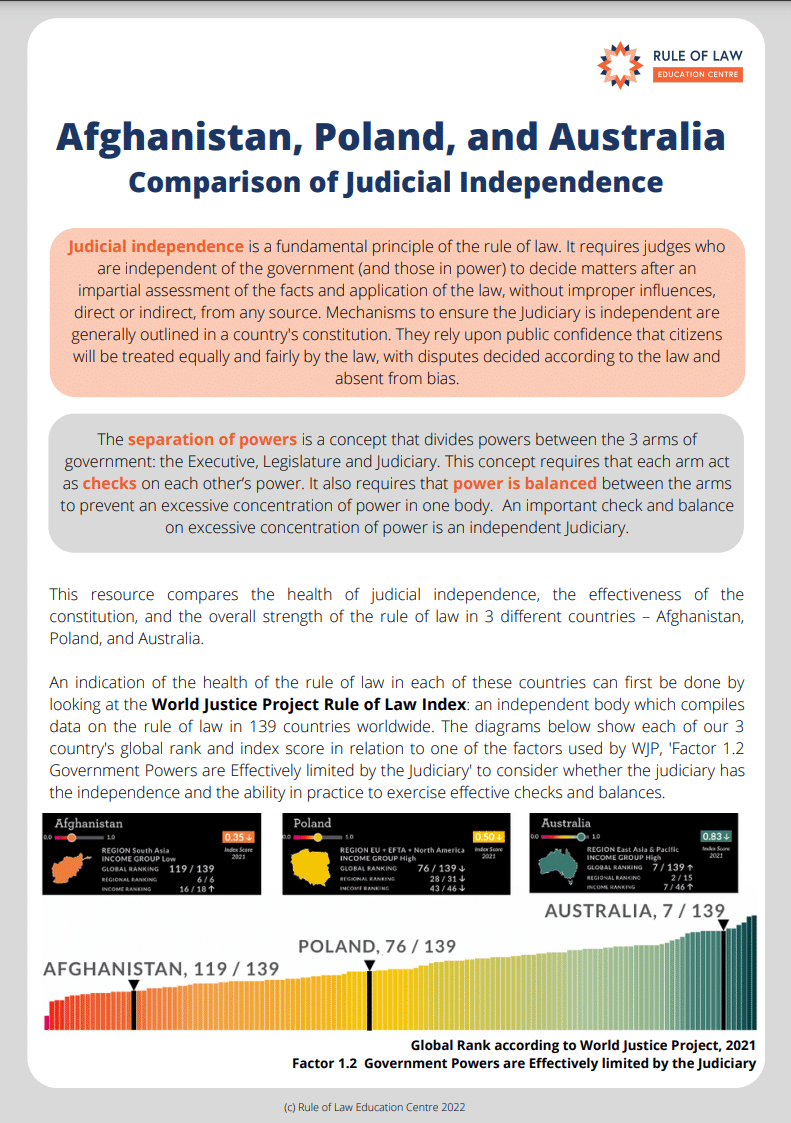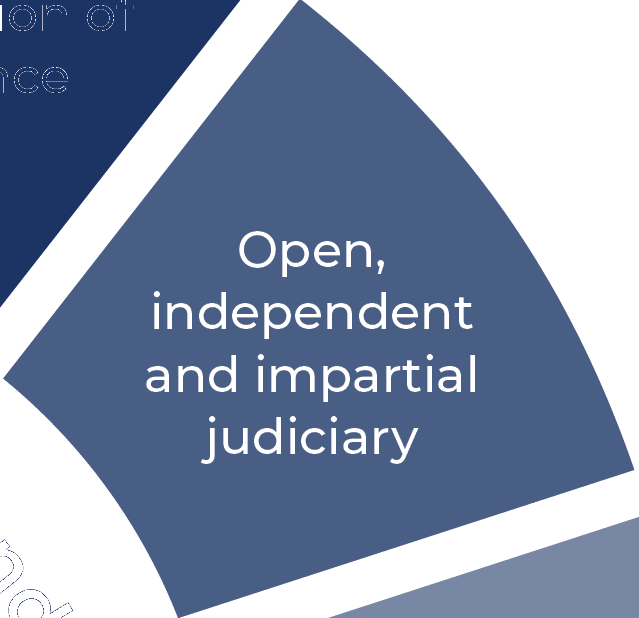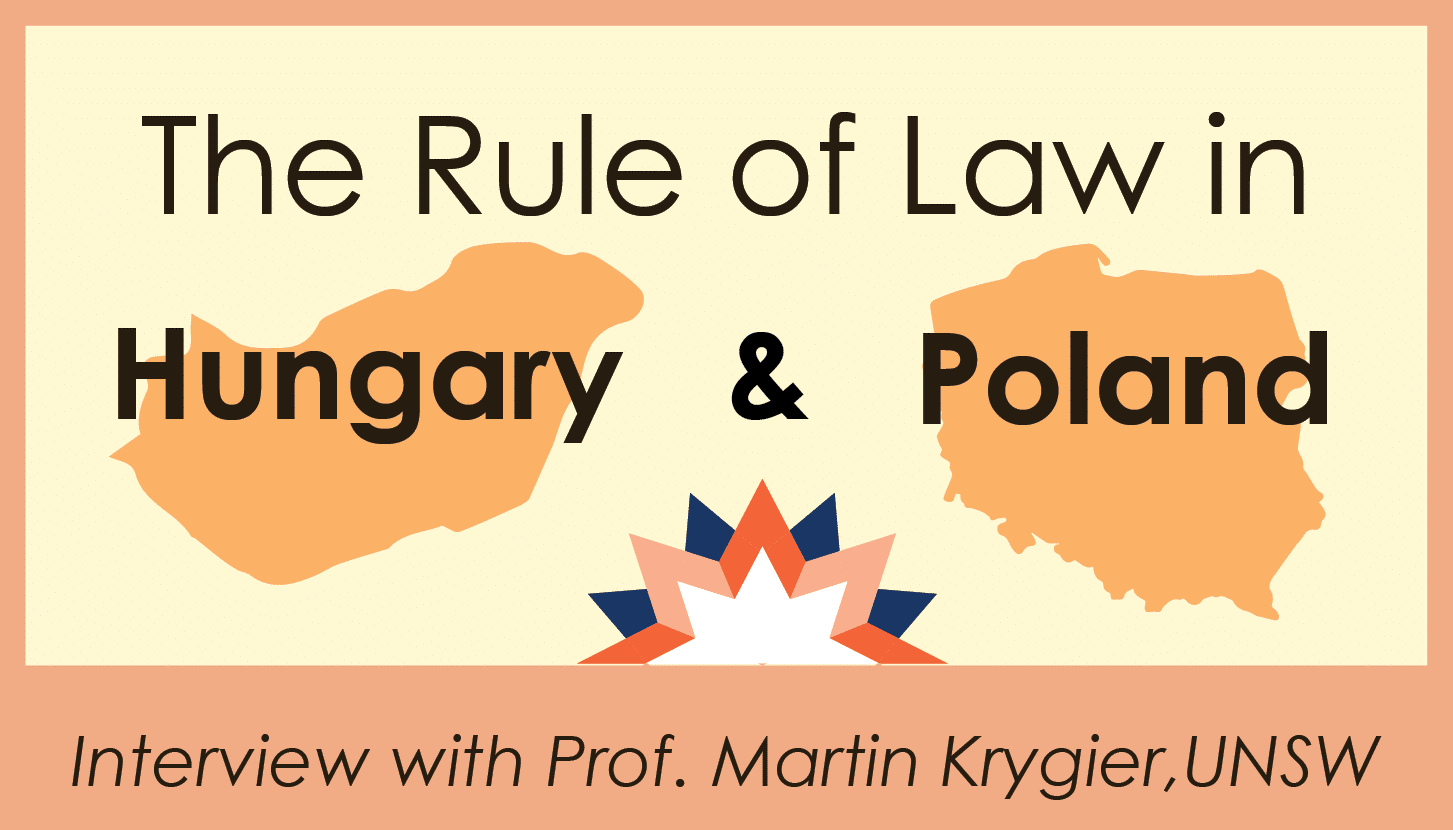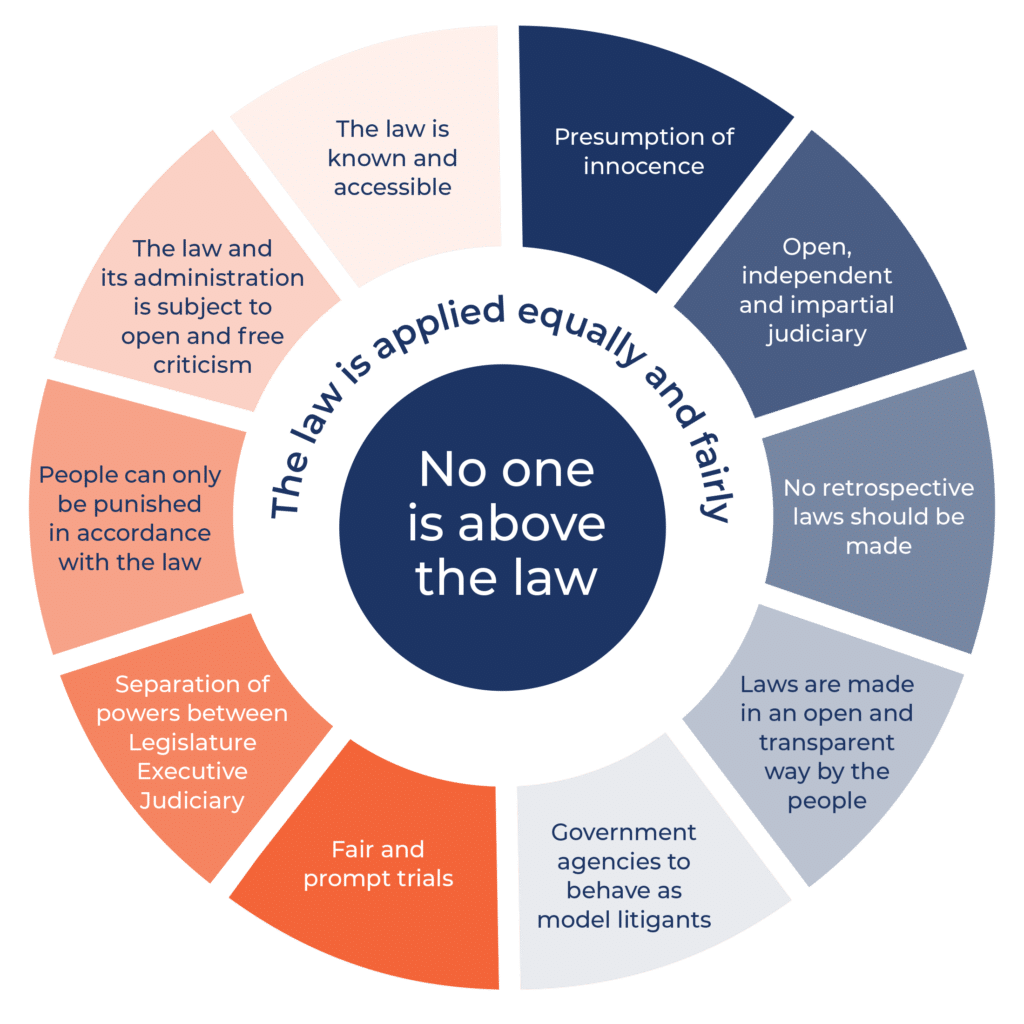Comparison of Judicial Independence
Afganistan, Poland and Australia
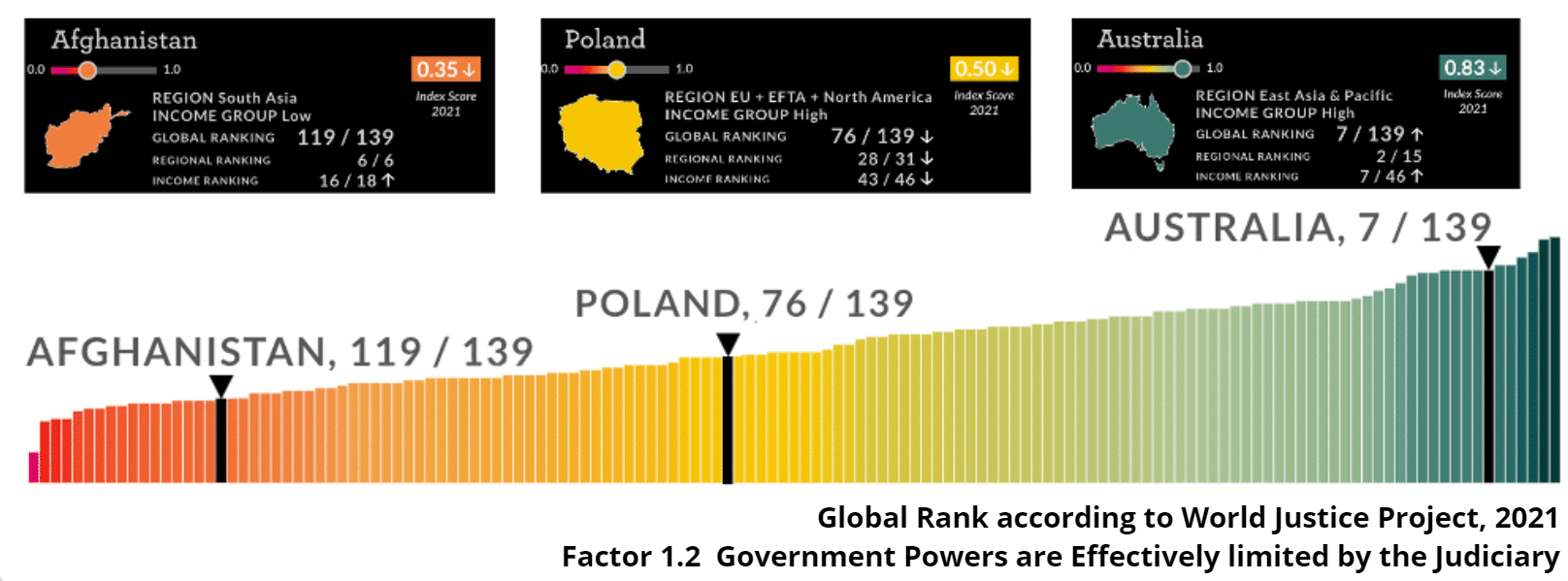
Independence of the Judiciary is a key feature of the separation of powers and supports the achievement of the Rule of Law.
It also provides crucial checks and balances within legal systems with the aim of ensuring that the Executive and Government are behaving within their powers as defined by a country’s constitution.
This resource provides a comparison of the experience of judicial independence across three nations – Australia, Poland and Afghanistan, examining the role of the constitution and the associated the impacts of constitutional changes on judicial discretion and power, and therefore the achievement of the Rule of Law.
It includes 2 student activities helping students understand some of the key threats to an independent judiciary.
Syllabus applications:
| Curriculum/ Syllabus | Outcomes | Content |
| NSW Commerce | 5-1, 5-3, 5-4 |
Topic: Law, Society and Political Involvement The role and structure of the legal system – features of Australia’s court system, High Court; the role of legal personnel Law reform, political action and decision making – how changes to the Constitution are initiated and decided Participation in the democratic process – why the separation of powers exists between the Parliament (legislative), Executive and Judiciary. |
| NSW Legal Studies |
P1 H1 P2 H3 P3 H4 P4 H6 P6 H7 P7 |
Preliminary Legal Studies Part I – The Legal System – Basic legal concepts – nature of justice, procedural fairness and rule of law; the Constitution – separation of powers; High Court; Classification of laws: legal personnel Themes and Challenges 1,2,4,5 Could be applied as a case study to examine the achievement of effectiveness criteria and rule of law across the three jurisdictions HSC Legal Studies: Human Rights – may be useful as a case study about the impact of judicial independence on human rights, linking to state sovereignty. Themes and Challenges – 2 – issues of compliance and non-compliance in relation to Human Rights |

